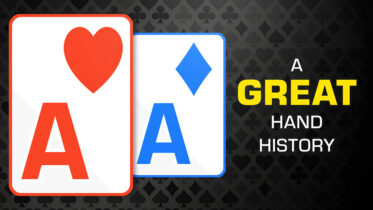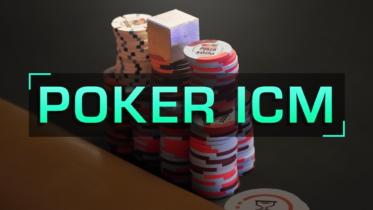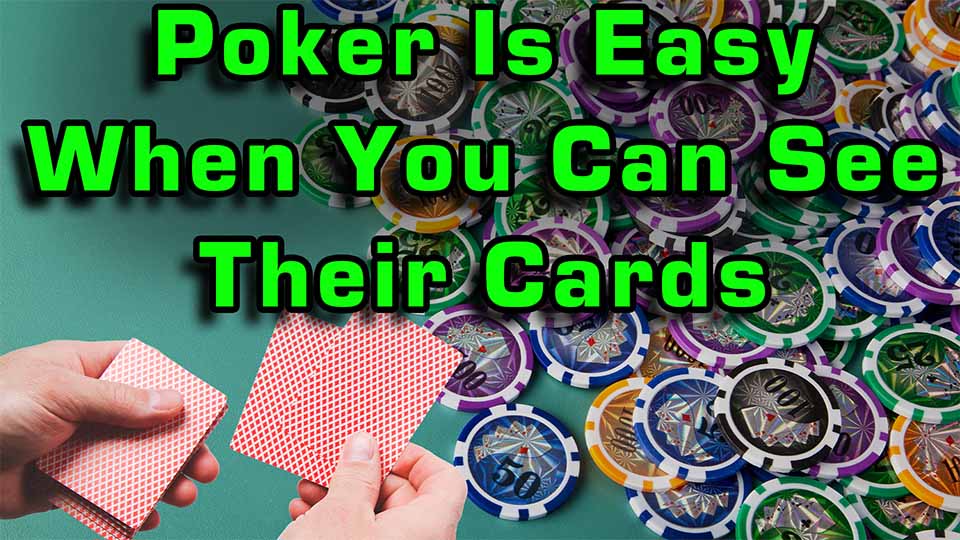You do participate in the PokerCoaching Discord server, don’t you? If not, you’re missing out on an excellent poker learning community. Maybe your thing is tournaments – we’ve got a channel just for you. If you’re a cash game grinder, like me, there’s a whole channel devoted to poker players who want to be able to cash out any time they want.
Maybe you think your mental game could use some work (most of us could improve our mental game). Well, there’s a mental game channel. And a dozen more hangouts of every sort.
Everybody loves hand histories
Probably the most popular single activity on the server is posting poker hands and getting feedback on them – it’s a great way to share the spots you’re not sure about. You get the PokerCoaching Coaches, sometimes Jonathan Little himself, responding with ideas.
Here are some tips to help you get the most out of hand history discussions:
Be sure you’re asking a question
Before you post, be sure you’re actually asking a question. Or are you whining about a bad beat, or bragging about a hand where you coolered an opponent for 300 BBs? If you’re proud of flopping a bigger set than the other person and winning a monster pot, you can post it in general chat. If you want to whine because you were the person on the wrong side of that set-over-set confrontation, I encourage you to read my article about bad beats.
Post hands where you have a legitimate question to ask about poker strategy, and hope to get wisdom, rather than applause or pity, from the assembled readers.
Be thorough, but be brief
Nobody wants to read 1,000 words of hand-set-up. If you have read that informs how you played the hand, then include them. But keep them short and pithy. Use standard notation for cards and positions. Include where you’re playing, if it’s live or online, the number of players dealt in, and effective stacks. For example:
Bellagio $1/$3 NLHE, 8-handed. Folds to me in the HJ, I make it $12 with JcJh. Folds to the button, a middle-aged woman, who calls. BB, a young reggy reggy-looking kid, calls as well. We’re all about $300 effective.
Great – everybody has a clear picture of the situation, and can understand the action.
Include details to help the reader

Remember that this isn’t a hand replayer – we don’t have a picture of what’s happening, so we need you to draw the lines for us.
- Include the pot size at the beginning of each street. The percentage of the pot that somebody is betting is vitally important – you should be thinking about bet sizes in terms of pot percentage rather than absolute dollars.
- Show the action of every active player. If somebody checks, indicate that. Again, we don’t have a graphic – help our brains form one.
Let’s continue our example:
Flop ($36) Qc-4s-5s. BB x, I x (?), button B55 ($20), BB folds, I call.
Turn ($76) Qc-4s-5s–Ks. I x, button x.
River ($76) Tc-4s-5s–Ks–2h. I x, button B67 ($50). I ?
- See the parenthetical question mark after your flop action? That’s you saying, “I’m not sure about this – we can discuss it.” Of course, people are welcome to discuss any aspect of the hand they wish, but that note helps us understand that you’d like to discuss your choice to initially check the flop..
- Extra credit because you gave the button’s bet size both as a percentage of the pot (“B55” = 55% of the pot) and dollar amount.
- It’s fine to just say “Turn ($76) Ks.” But by stringing out the entire board, we don’t have to put it back together in our heads. Thank you.
No spoilers!
If you learn nothing else from this piece, learn this: do not give away the results in your original post. If you do that, then every piece of advice we give after that is tainted – we can’t possibly give objective feedback if we already know the outcome of the hand.

The best way to end the original post is to leave your last action unstated. Put us, the readers, in exactly the spot that made you want to post the hand. “So there I am, holding an overpair, but I got check/raised on the turn. Now what?”
Honestly, when I see a post that rolls out the results in the original post, I usually just skip it and keep going. I don’t trust myself to give useful advice after I’ve seen the outcome of the hand.
To that point, make sure your title doesn’t spoil anything. Titles such as “Should I have called this bluff?” or “Miserable cooler” telegraph the results, and now the whole point of the post is damaged.
Let’s be respectful out there
Years ago, hand histories developed a convention of referring to the protagonist as the “hero,” and the opponent as the “villain.” I’ve stopped doing that, and I’d love to see others follow suit.
The person (or persons) you’re playing the hand against aren’t “villains.” There are other poker fans, just like you, playing a game of cards. Furthermore, if we drop the pejorative “villain,” we can substitute their poker table position in, adding information to the hand history post. “I x, villain B40” is not as useful as “I x, CO B40.”
We all love hand histories
I’ve long ago lost track of how many hand history posts I’ve made, and the many multiples of that number that I’ve read. A good hand history discussion is a joy, so set us up for a great discussion with a clean, detailed, no-spoilers hand history post.
I look forward to reading your next one.





